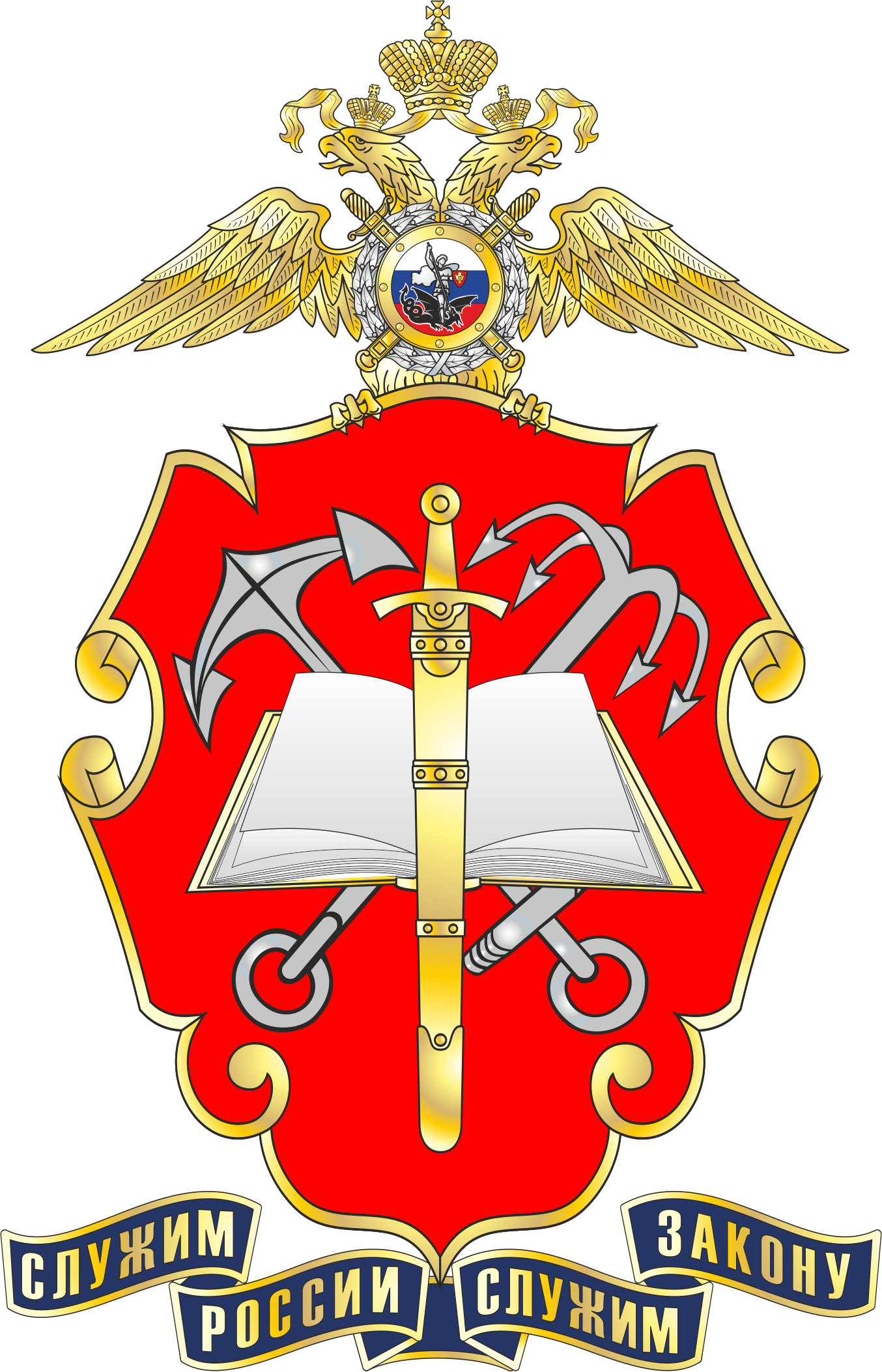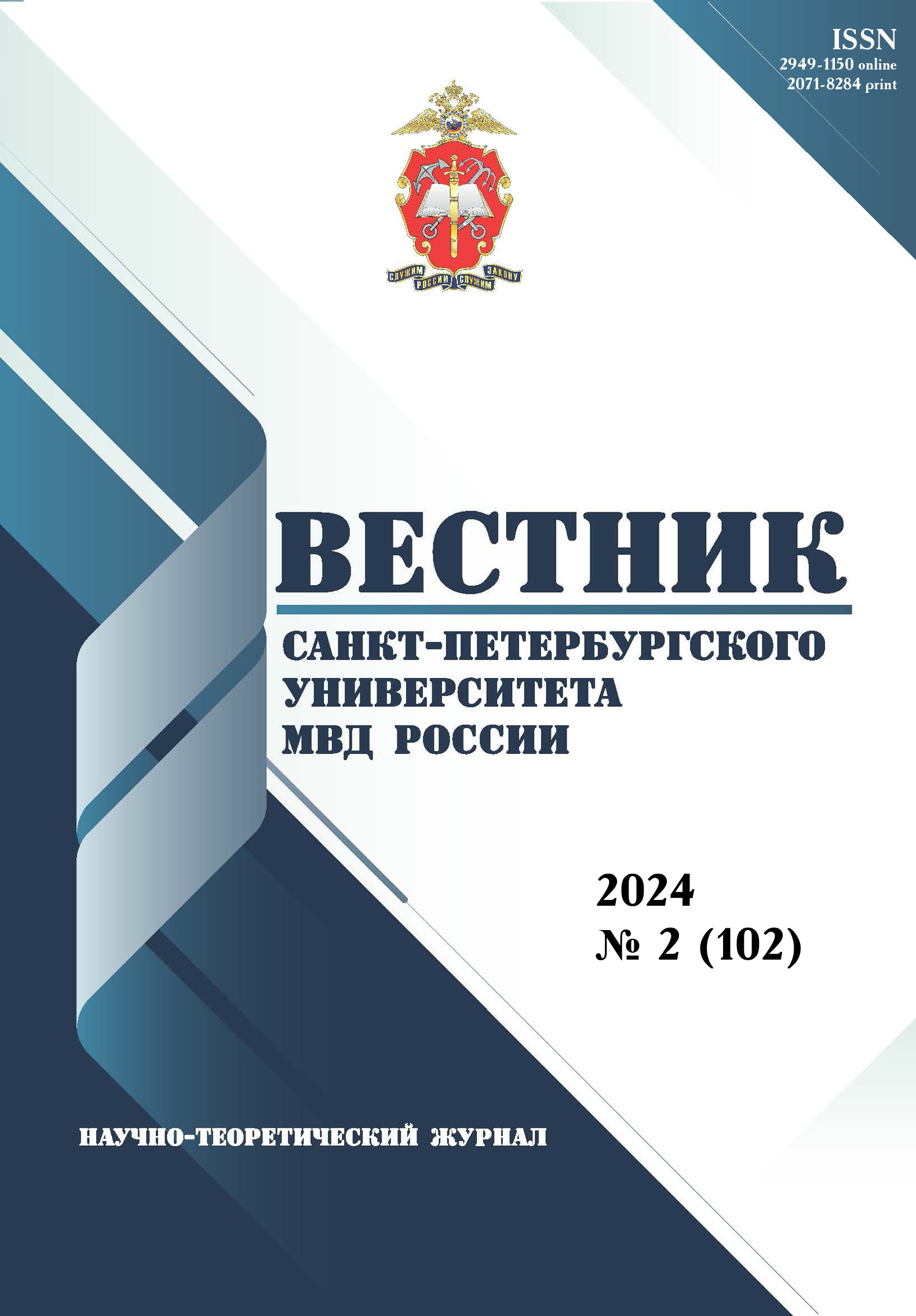St. Petersburg, Russian Federation
UDC 343.2/.7
Introduction. The doctrine of causality is of great importance for substantiating the criminal liability of a number of persons for committing a crime. This research considers the problem of establishing a causal link between defects in providing medical aid, found in the acts of medical personnel, and the death of a patient. The purpose of the research is to study the criminal-legal problems arising in the qualification of iatrogenic crimes committed through reckless complicity. Problem formulation. In law enforcement practice, charges for negligent causing death to a person are brought against the subjects who provided medical aid and committed defects in its rendering. It is not always taken into account that these defects are not causally related to the patient’s death. Methodology. In the process of research the following methods were applied: analysis, synthesis, deduction, induction, systemic, comparative-legal, formal-legal, logical. The research is based on the dialectical method of cognition of social processes and the method of system-structural analysis. Results. The author presents the concept of negligent causation of harm, defines and identifies its features, reveals the essence of the criminal-legal institute under consideration, analyses judicial and investigative practice and presents the author’s classification of types of negligent causation. The author justifies that no theory of causal link does not fully satisfy the needs of law enforcers, including the qualification of acts of medical personnel in cases of negligent causation of harm. The author concludes that the impact of each such defect is different in relation to the consequences.
act, causation, medical personnel, medical aid, defect, consequence, negligent causation, interrelated behaviour
1. Rarog A. I. Otvetstvennost’ za neostorozhnoe soprichinenie / Ugolovnoe pravo v XXI veke : materialy Mezhdunarodnoi nauchnoi konferentsii, sostoyavsheisya na yuridicheskom fakul’tete MGU im. M. V. Lomonosova 31 maya – 1 iyunya 2001 g. – Moskva: LeksEst, 2002. – S. 62–70.
2. Kursayev A. V. Neostorozhnoye soprichineniye kak problema v ugolovno-pravovykh issledovaniyakh // Vestnik Tambovskogo universiteta. Seriya: Gumanitarnyye nauki. – 2011. – № 10 (102). – S. 326–331.
3. Bezborodov D. A. K voprosu o ponyatii neostorozhnogo soprichineniya v ugolovnom prave // Kriminalist”. – 2014. – № 1 (14). – S. 9–16.
4. Salimgareyeva A. R. Ugolovnaya otvetstvennost’ za neostorozhnoye soprichineniye // Yuridicheskaya nauka i pravookhranitel’naya praktika. – 2016. – № 1 (35). – S. 53–59.
5. Petrov P. K. Voprosy kvalifikatsii deystviy neskol’kikh lits pri neostorozhnom soprichinenii // Problemy prava. – 2016. – № 1 (55). – S. 168–171.
6. Kukhtina T. V. Problemy sootnosheniya souchastiya i neostorozhnogo soprichineniya v ugolovnom prave // Vestnik Yuzhno-Ural’skogo gosudarstvennogo universiteta. Seriya: Pravo. – 2016. – T. 16. – № 1. – S. 62–66; https://doi.org/10.14529/law160110.
7. Tyazhkova I. M. Neostorozhnyye prestupleniya s ispol’zovaniyem istochnikov povyshennoy opasnosti = Crimes committed through negligence with the use of sources of increased danger. – Sankt-Peterburg: Yuridicheskiy tsentr Press, 2002. –275 s.
8. Ivanchenko R. B. Neostorozhnyye prestupleniya: souchastiye ili soprichineniye? // Obshchestvennaya bezopasnost’, zakonnost’ i pravoporyadok v III tysyacheletii. – 2017. – № 3-1. – S. 113–118.
9. Sharapov R. D. Sovmestnaya prestupnaya deyatel’nost’ bez priznakov souchastiya: posredstvennoye ispolneniye, neostorozhnoye soprichineniye // Yuridicheskaya nauka i pravookhranitel’naya praktika. – 2015. – №2 (32). – S. 31–38.
10. Yermolovich Ya. N. Neostorozhnoye soprichineniye vreda v prestupleniyakh, sopryazhennykh s narusheniyem spetsial’nykh pravil // Pravo v Vooruzhennykh Silakh – Voyennopravovoye obozreniye. – 2019. – № 2 (259). – S. 76–86.
11. Tsereteli T. V. Prichinnaya svyaz’ v ugolovnom prave. – 2-ye izd., ispr. i dop. – Moskva: Gosyurizdat, 1963. – 382 s.
12. Sabitov T. R. Printsipy polnoty kvalifikatsii prestupleniy// Ugolovnoye pravo. – 2010. – № 1. – S. 30–34.
13. Yesakov G. A. Prichinnaya svyaz’ v slozhnykh situatsiyakh: ugolovno-pravovaya nauka i sudebnaya praktika // Pravo. Zhurnal Vysshey shkoly ekonomiki. – 2016. – № 1. – S. 81–102; https://doi.org/10.17323/2072-8166.2016.1.81.102.
14. Bugayova A. I. Sravnitel’no-pravovoy aspekt neostorozhnogo soprichineniya vreda // Sovremennyye podkhody k transformatsii kontseptsiy gosudarstvennogo regulirovaniya i upravleniya v sotsial’no-ekonomicheskikh sistemakh : sbornik nauchnykh trudov 10-y Mezhdunarodnoy nauchno-prakticheskoy konferentsii, posvyashchennoy Godu nauki i tekhnologiy v Rossiyskoy Federatsii, 18–25 fevralya 2021 g. – Kursk: Kurskiy filial «Finansovyy universitet pri Pravitel’stve RF», 2021. – S. 61–64.
15. Mukhametkarimova A. A. Mnozhestvennost’ lits pri sovershenii prestupleniya: neostorozhnoye soprichineniye / Molodozh’ tret’yego tysyacheletiya [Elektronnyy resurs] : sbornik nauchnykh statey, 01–26 aprelya 2019 g. – Omsk: Omskiy gosudarstvennyy universitet im. F. M. Dostoyevskogo, 2019. – S. 566–570.














